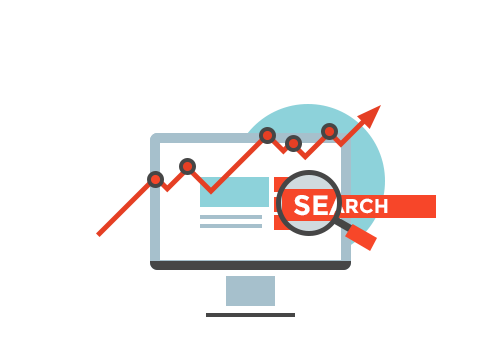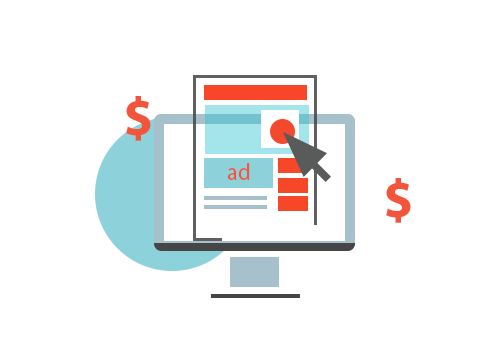The Pros of Inbound Marketing
Inbound marketing, often referred to as “pull” marketing, is a customer-centric approach that focuses on attracting potential customers through valuable content and meaningful interactions. One of the key advantages of inbound marketing is its ability to establish a strong brand presence and build trust over time. By providing relevant and insightful content, businesses can position themselves as industry authorities and gain a loyal following. Inbound marketing also offers a higher potential for long-term customer relationships, as it targets individuals who are actively seeking solutions or information related to the products or services offered. This approach can lead to higher conversion rates and improved customer retention.
The Cons of Inbound Marketing
While inbound marketing has many benefits, it also comes with its challenges. The results may take time to materialize, as building a solid online presence and establishing trust requires consistent effort and patience. Additionally, the competition in the digital space can be fierce, making it crucial to create unique and valuable content that stands out. Inbound marketing also requires a deep understanding of your target audience’s preferences and needs, which can demand significant research and analysis.
The Pros of Outbound Marketing
Outbound marketing, often known as “push” marketing, involves reaching out to a broad audience through various channels to deliver your message. One of the primary advantages of outbound marketing is its potential for rapid exposure. Traditional outbound methods like TV ads, radio spots, and billboards can quickly increase brand awareness and reach a large audience. Outbound marketing can also provide immediate results, making it an effective strategy for time-sensitive promotions or product launches. Furthermore, outbound techniques allow for better control over the message and its delivery, ensuring consistent brand communication.
The Cons of Outbound Marketing
However, outbound marketing has its drawbacks. In today’s digital age, consumers are becoming increasingly adept at tuning out intrusive or irrelevant messages. This can lead to ad fatigue and a negative perception of your brand if not executed thoughtfully. Additionally, outbound marketing tends to have a higher cost compared to inbound strategies, especially in terms of traditional advertising methods. Measuring the exact return on investment (ROI) for outbound marketing can also be challenging, as tracking the effectiveness of certain channels may be less precise.
Making the Choice:
When deciding between inbound and outbound marketing, it’s essential to consider your business goals, target audience, and available resources. Inbound marketing excels at nurturing long-term customer relationships and establishing authority within your industry. On the other hand, outbound marketing offers the potential for rapid exposure and immediate results. Many businesses find that a balanced approach, combining elements of both inbound and outbound strategies, yields the best results. Ultimately, the choice between inbound and outbound marketing should align with your unique business needs and objectives, ensuring a comprehensive and effective marketing strategy.
We at Digital Dots can help you with making the right decision when it comes to choose the suitable hosting solution for your website. Contact us via online or reach us via 09 8989 460 15 or 09 8989 460 45.
Ready to work with us?
Hire a professional team and get your project done efficiently.
or call us on +95 9 8989 460 15
Recent Posts
- TikTok Introduces Search Ads with Keyword Targeting: What You Need to Know
- YouTube Takes on AI Deepfakes with New Detection Processes
- Boost Your Website Traffic with These Content Ideas
- Top 5 Useful AI Tools
- How to Gain Followers on TikTok
- The Advantages and Disadvantages of Using a VPN
- 5 Social Media Marketing KPIs to Track for Success










Social Media Management
Social media marketing or management refers to the process of gaining traffic or attention through social media sites. We help brands use it to connect in meaningful ways.